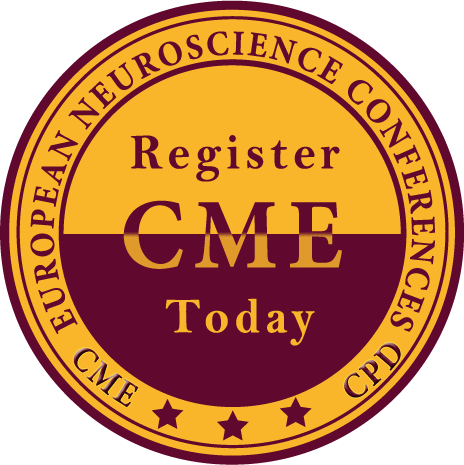Debabrata Mukhopadhyay
Kailash Group of Hospitals, India
Title: Challenges in awake craniotomy for intrinsic brain tumors in eloquent cortex
Biography
Biography: Debabrata Mukhopadhyay
Abstract
Introduction: Surgical treatment of brain tumors in the eloquent areas has high risk of eloquent impairment. These tumors represent a unique challenge as most of the patients have a higher risk of treatment related complications. Awake craniotomy is a useful surgical approach to help to identify and preserve functional areas in the brain and maximizes tumor removal and minimizes complications.
Methods: Selected patients admitted with intrinsic brain tumor between from July, 2011 to August, 2016 in the eloquent area of brain like speech or motor area were chosen for awake craniotomy. A retrospective analysis was done. A preoperative assessment was also done. These patients were presented with seizure and/or progressive neurological deficit like speech or motor. A standard anaesthesia monitoring was done during surgery. Long acting local anaesthesia (Bupivacaine) was used for scalp block. The surgeries were performed in a state of sleep-awake-sleep pattern, keeping the patients fully awake during tumor removal. Propofol and Fentanyl was used as anaesthetic agents which was completely withdrawn prior to tumor removal. The speech and motor functions were closely monitored clinically by verbal commands during tumor resection. No brain mapping was performed due to lack of resources. All patients underwent non-contrast computed tomogram head in the first post-operative day.
Results: A total of 35 patients were included in the study. The oldest patient was 55 years and youngest being 24 years (mean 36 years). Twenty (57.14%) were females and 15 (42.85%) males. Twenty (57.14%) patients were presented with predominantly seizure disorders and rest with progressive neurological deficit like speech or motor. Thirty (85.71%) patients were discharged on second postoperative day. Complications was encountered in 4 (11.42%) patients who developed brain swelling intraoperatively and 5 (14.28%) deteriorated neurologically in the immediate postoperative period however managed successfully and discharged in a week’s time. Five (14.28%) patients require ICU/HDU care for different reasons. There was no mortality during the hospital stay. Histopathology revealed 25 (71.42%) patients had low grade glioma, 8 (22.85%) had high grade glioma and 2 (5.71%) had metastases.
Conclusion: Awake craniotomy is a safe surgical management for intrinsic brain tumors in the eloquent cortex although surgery and anesthesia is a challenge. It offers great advantage towards disease outcome. However long follow up and more studies are required.

